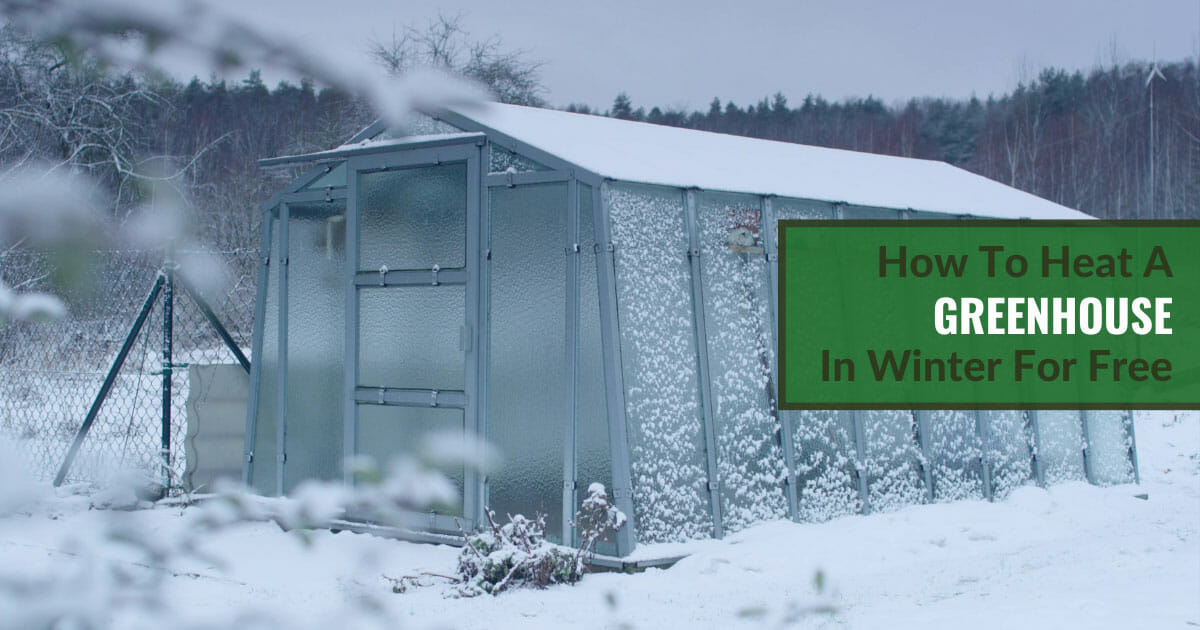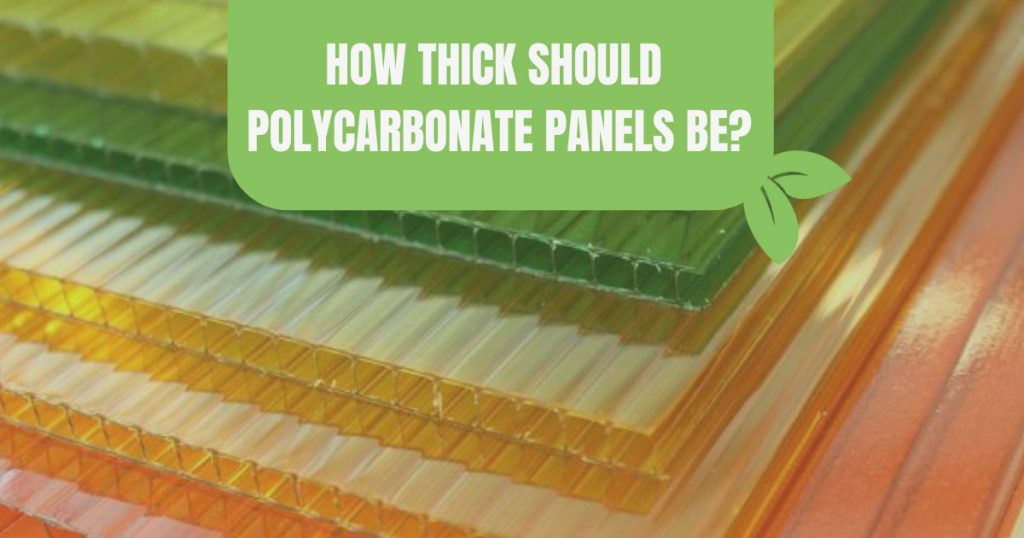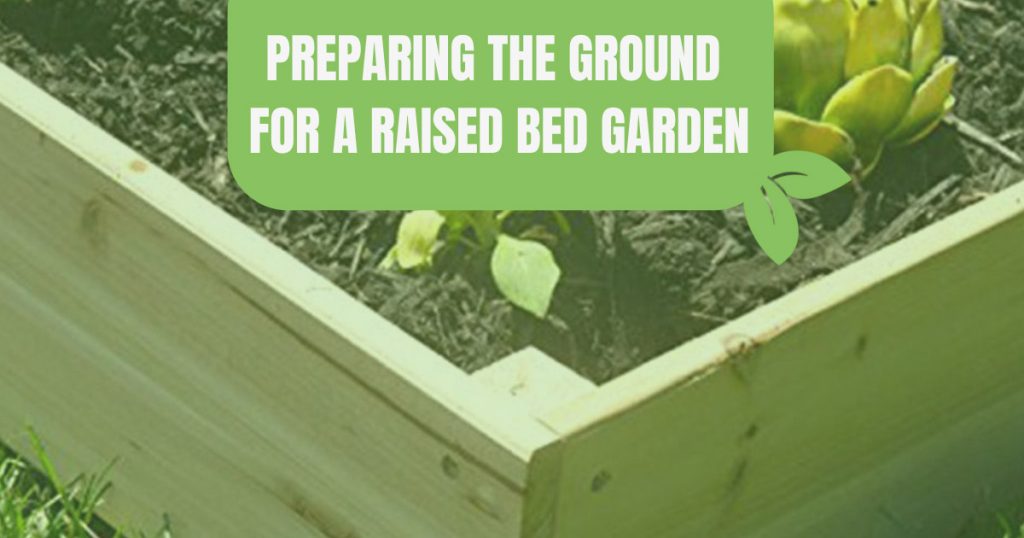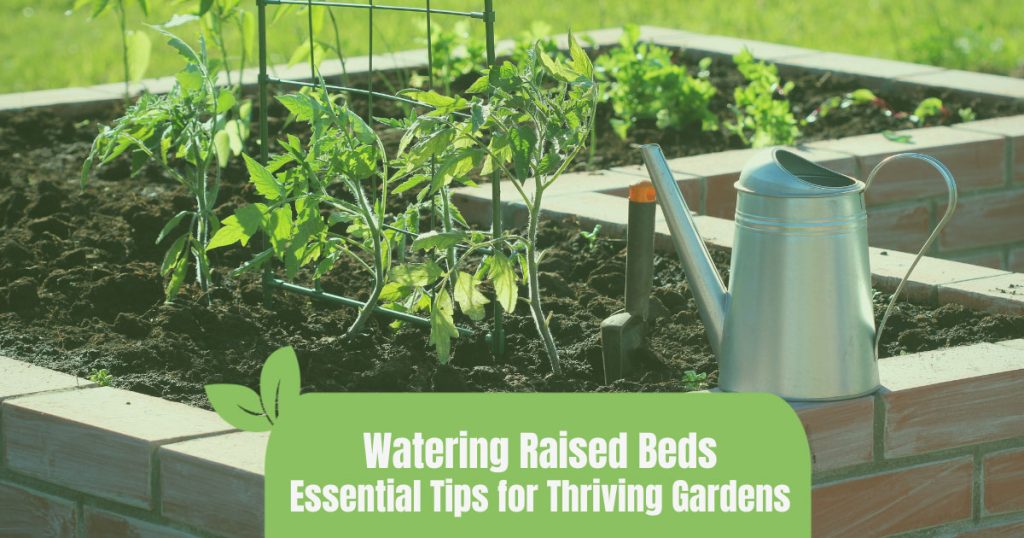






In much of the northern hemisphere, winter is the hardest time to keep plants alive. That is, unless you have a greenhouse that provides a buffer against the harsh cold and weather of the winter months. However, greenhouses are not immune to freezing temperatures, so if you want to keep your plants warm, you’ll need more than just a few walls between them and the elements.
The good news is that there are many effective ways to increase the heat in your greenhouse. By adding extra insulation, harnessing solar energy, and creating natural heaters like compost piles, you can effectively keep your greenhouse warm without spending a dime. For the best results, you’ll want to apply more than one strategy; for example, improving the insulation of your greenhouse and adding a heat sink such as water barrels.
Whether you have a Victorian greenhouse or one of our small greenhouses, it is possible to create a warm environment with a little extra effort. In this guide, we’ll delve deep into the different ways you can heat your greenhouse for free, plus tips for adding extra insulation to make sure that heat remains trapped inside.
Insulating vs. heating a greenhouse
One common misconception when it comes to greenhouse gardening in winter is that once you have a source of heat, nothing else matters. However, that couldn’t be further from the truth. Though a heat source, especially one such as an electric fan heater, will increase the temperature inside your greenhouse, it won’t do much against the cold if your greenhouse is not well-insulated. In other words, a poorly insulated greenhouse is like a sieve, losing heat rapidly when outside temperatures are low.
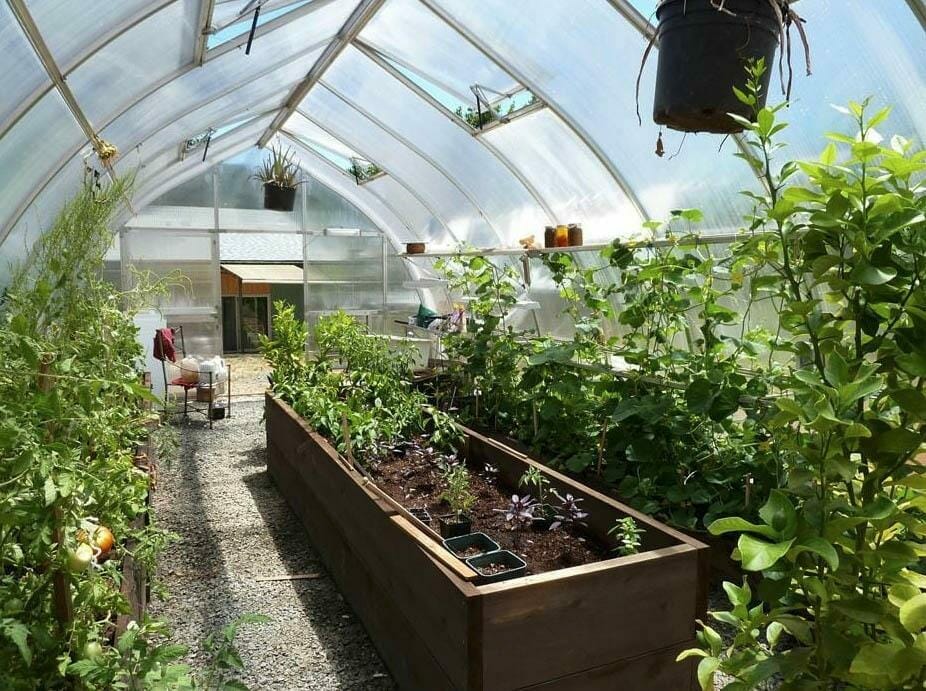
Similarly, though good insulation can provide a buffer against freezing temperatures, it can only increase the temperature inside a greenhouse by about 10-15˚F, and less so once the sun goes down. For this reason, both insulation and heat sources are critical components of a healthy winter garden inside the greenhouse.
DIY ways to insulate a greenhouse to trap the heat inside
Before applying any of the methods below, make sure to assess your greenhouse’s current insulation. Check for any gaps, cracks, or areas where cold air might seep in. Remember, even the smallest gap can lead to much heat loss. If you haven’t already, install built-in thermostats to monitor the temperature inside your greenhouse in various areas and at different times of day; this will give you a good idea of how much extra heat your greenhouse will need to stay warm.
Next, consider the materials your greenhouse is made of. Certain greenhouse glazing materials offer better insulation than others. It’s also essential to consider your local climate. The insulation needs for a greenhouse in a mild climate will differ from one in an area with harsh winters.
DIY ways to insulate your greenhouse
Greenhouses are a gardener’s best friend, especially when winter’s chill threatens your plants. But even the best greenhouses can benefit from some extra insulation to keep the cold at bay. The more methods you try, the more insulated your greenhouse will be!
- Seal gaps and cracks: Before adding insulation, ensure that there are no obvious leaks around the vents, doors, windows, and panels. Use neutral cure caulking for small cracks and expanding foam for larger gaps.
- Insulate the entrance: As with a house, the door of a greenhouse is a major source of heat loss. Add a layer of greenhouse film on the exterior and, in colder climates, another layer inside to create an airlock.
- Foundation insulation: Heat can also escape from the greenhouse’s base. Placing a 2-inch polystyrene or polyurethane board about a foot underground can help retain warmth.
- North-facing wall insulation: The north wall gets the least sunlight, so give it extra attention. Cover it with reflective insulation or phase-change material (PCM) to prevent heat loss and reflect warmth back into the greenhouse.
- Bubble wrap: Believe it or not, bubble wrap is a cost-effective insulator, and can be free if recycled or repurposed from other projects. For best results, use horticultural bubble wrap, which is more durable and effective than regular bubble wrap.
- Energy curtains: These can minimize temperature fluctuations. Aluminized curtains are especially effective as they reflect heat back into the greenhouse.
- Windbreaks: Cold winds can sap your greenhouse’s warmth. Add shrubs, windbreak fence mesh, or hazel/willow panels to shield your greenhouse from icy gusts.
- Row covers: You can cover delicate plants with horticultural fleece, a light material can protect plants from cold while allowing air, light, and water to pass through.
- Mulch: A thick layer of straw, dry leaves, or wood chips can protect plant roots from freezing temperatures.
- Cloches: These mini-greenhouses made of glass or clear plastic can insulate individual plants or seedlings, extending their growing season. DIY your own cloches using old milk jugs.
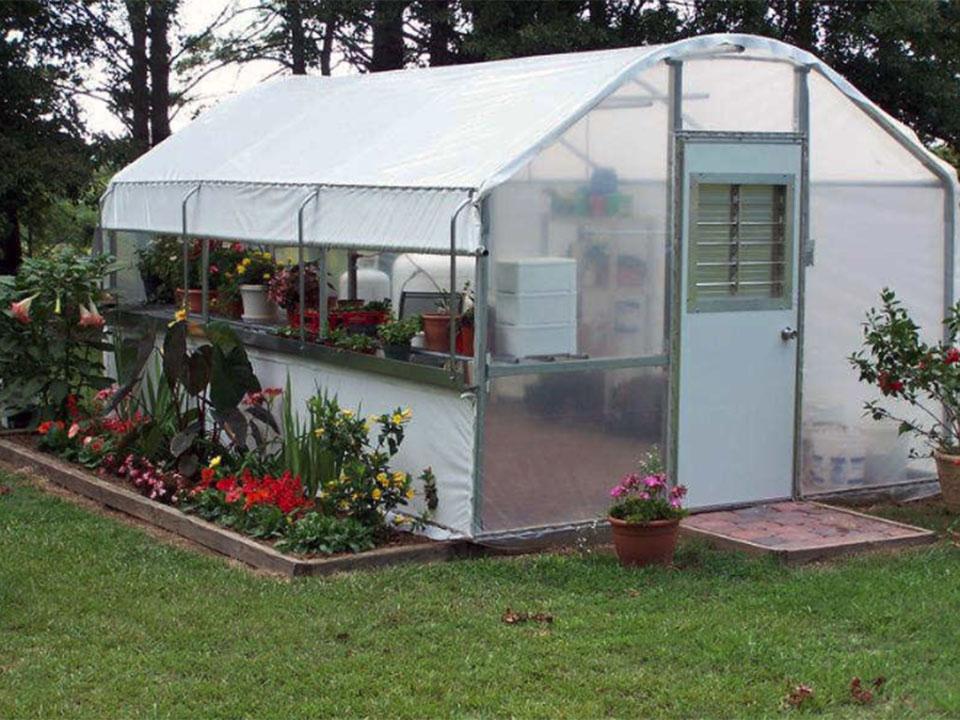
A note on sun and insulation
Harnessing the power of the sun is a game-changer when it comes to heating your greenhouse in winter. This starts with ensuring that your greenhouse is positioned to receive maximum sunlight during the day. Clear any obstructions that might block sunlight, such as overhanging branches or tall structures.
Once the sun’s rays enter the greenhouse, proper insulation will help retain that heat. The combination of maximizing sunlight and effective insulation is the key to a warm and thriving greenhouse during the winter.
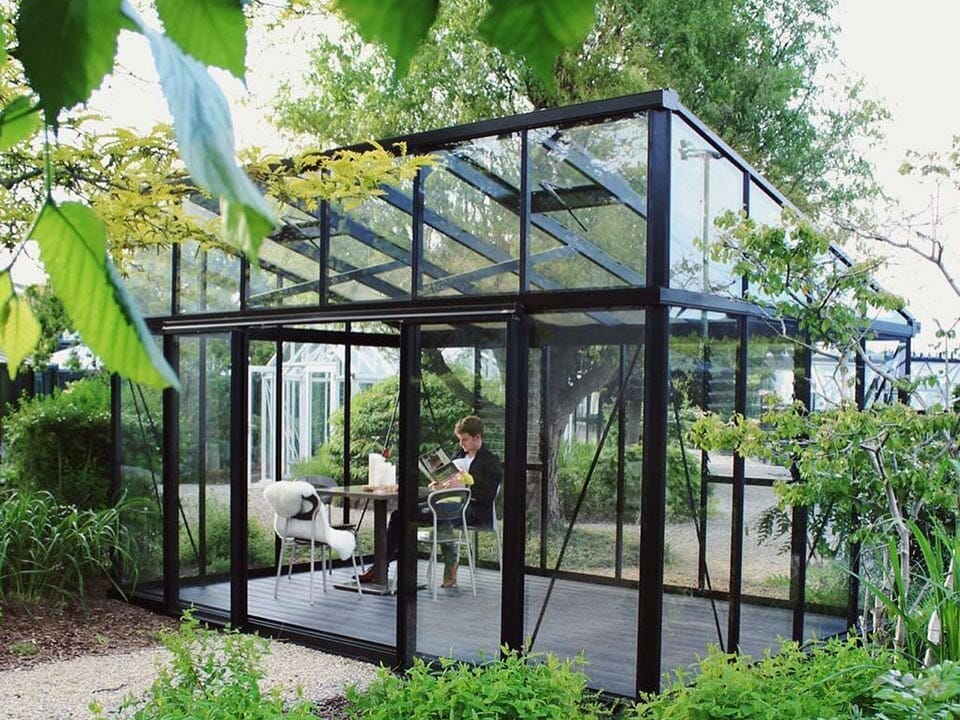
How to heat a greenhouse in winter for free
Winter gardening can be both a challenge and a joy. The sight of green plants thriving amidst the snow can be incredibly rewarding. But how do you ensure that your plants get the warmth they need without burning a hole in your pocket?
If you’ve ensured that your greenhouse is properly insulated, you can further give the temperature inside a boost by harnessing natural sources of heat and energy:
1. Compost pile: nature’s heater
Composting is more than just an eco-friendly way to recycle organic waste. It’s a powerhouse of heat! As organic matter breaks down, it releases heat due to the activity of microbes. No greenhouse is too big or too small to take advantage of the heat a compost pile can give off; even a small 8×8 greenhouse such as the Solexx Early Bloomer Greenhouse is big enough for a compost pile, albeit a small one. To make the most of limited space, use pallets to build a pile up higher, rather than wider.
Alternatively, if you don’t want a compost heap inside your greenhouse but still want to reap the benefits of one, you can build one adjacent to your greenhouse. With some added piping and a small fan, you can even make a natural air heater! The fan pushes air from the greenhouse through the piping in the compost, where it heats up, before being pushed back into the greenhouse as warm air. If you want to go this route, follow a DIY tutorial like this one.
The best part? Once the compost matures, you have nutrient-rich soil ready for your spring/summer planting. However, make sure that you maintain the compost pile with a nice balance of browns and greens to avoid any unwelcome pests or odors.
2. Soil insulation: Earth’s warm embrace
The earth is a fantastic insulator. Beneath the surface, the ground retains heat, acting as a buffer against the cold. You can take advantage of this with geothermal heating systems. For example, by adding a layer of mulch, straw, or leaves to your greenhouse floor, you can take advantage of this natural insulation. As the external temperature drops at night, the soil releases its stored warmth.
3. Small animals: little furnaces
This might come as a surprise to many, but small animals like chickens and rabbits can be a gardener’s best friend during winter. Their body heat, combined with the warmth generated from their bedding, can significantly elevate the temperature inside a greenhouse. So consider adding a small animal hutch inside of your greenhouse for a change! Just make sure to keep them separated from your tender plants, or your efforts could be all for naught.
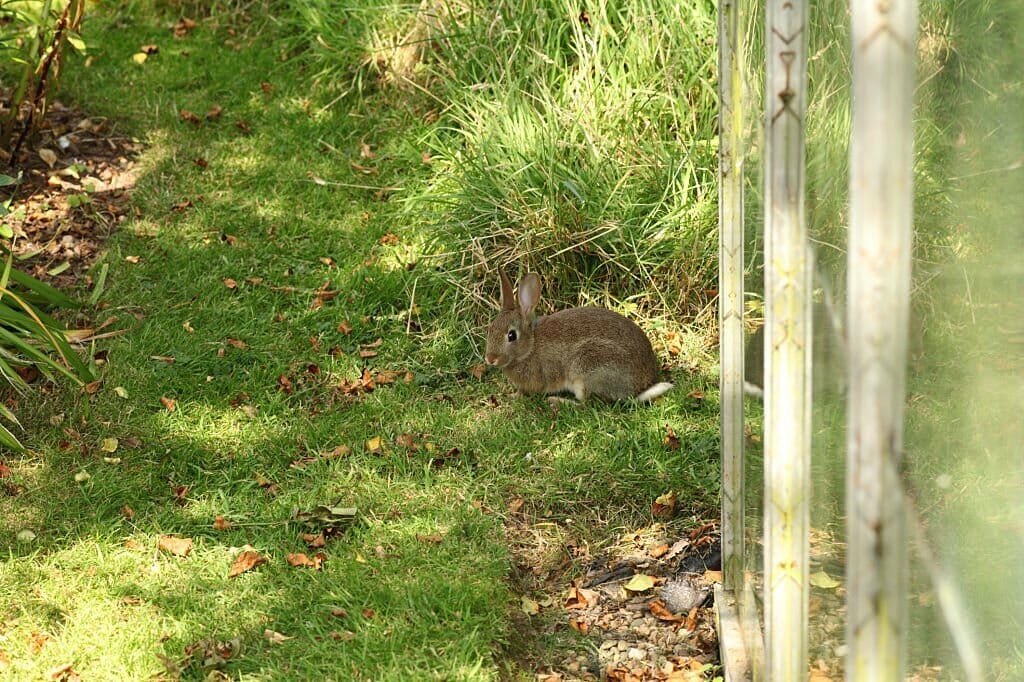
4. Hot water: liquid sunlight
Water has an incredible capacity to store thermal mass, or heat. By placing water barrels inside your greenhouse, you can capture the sun’s warmth during the day, essentially creating a passive solar heating system. As night approaches and temperatures drop, these barrels release the stored heat, acting as natural heaters.
For those who want to be a bit more tech-savvy, circulating warm water through underground pipes can ensure even heat distribution throughout the greenhouse. Dark colors, especially black, will heat up more, so paint your barrels first if necessary.
5. Candle-pot heater: radiant simplicity
Sometimes, the simplest solutions are the most effective. A lit candle or a few tea lights placed under an inverted terracotta pot can create a mini heater. The pot absorbs the heat from the candle and radiates it outwards, providing a gentle warmth that can counteract cold nights. This method is best for small greenhouses.
6. Wood stove: traditional warmth
For those with larger greenhouses and access to wood, a wood-burning stove can be a real game-changer. It offers a robust source of heat, ensuring that your plants remain warm even during the most frigid winter nights. However, it’s essential to ensure that the stove is installed correctly and that there’s adequate ventilation to prevent any mishaps!

To make the most of your wood stove, surround it with stacks of bricks; the bricks will absorb the heat of the fire, and radiate it out long after the fire dies down, ensuring more consistent heat inside your greenhouse.
Why heating matters
Plants, much like us, have specific temperature needs. If it gets too cold, their growth can be stunted, or they might even die. Ensuring that your greenhouse maintains an optimal temperature is crucial for the health and growth of your plants. A warm greenhouse not only ensures continuous plant growth but also guarantees better yields and vibrant plants throughout the winter.
At Greenhouse Emporium, we’re not just about selling greenhouses; we’re about sharing our passion and expertise. Whether you’re looking for a lean-to greenhouse, an extra large greenhouse, or a sleek geodesic dome greenhouse, we’ve got your gardening needs covered, literally.
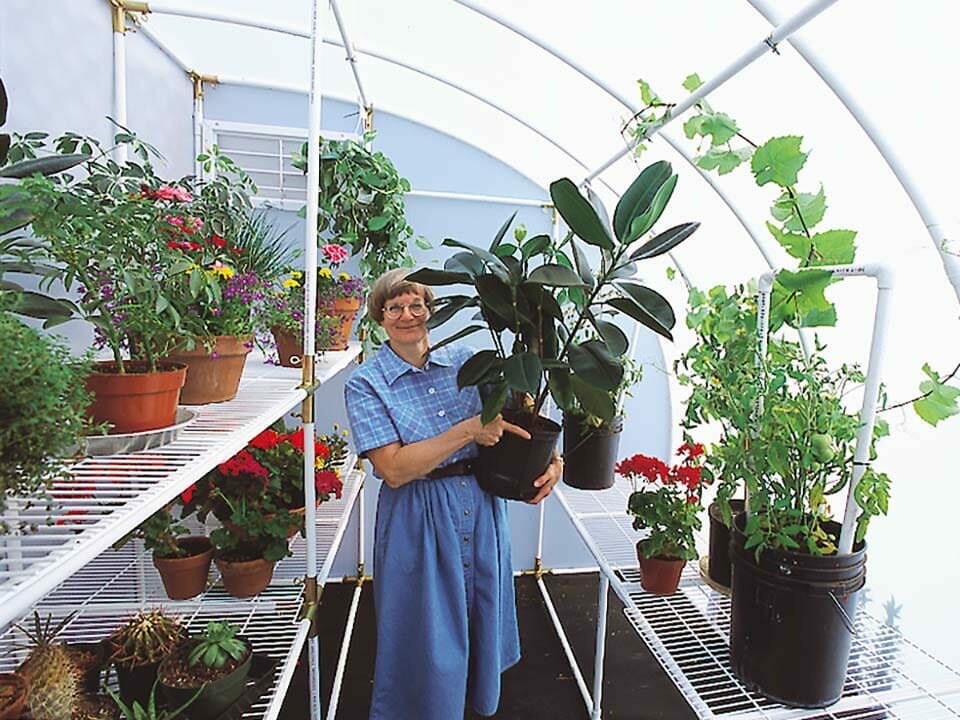
Navigating the challenges of winter gardening is no small feat, but with the right strategies, it’s entirely achievable. From harnessing the natural warmth of compost and small animals to innovative solutions like candle-pot heaters, there are simple ways to keep your greenhouse warm without incurring energy costs.
Ready to transform your winter gardening experience? Dive deeper into our resources at Greenhouse Emporium, and let’s cultivate warmth together!

